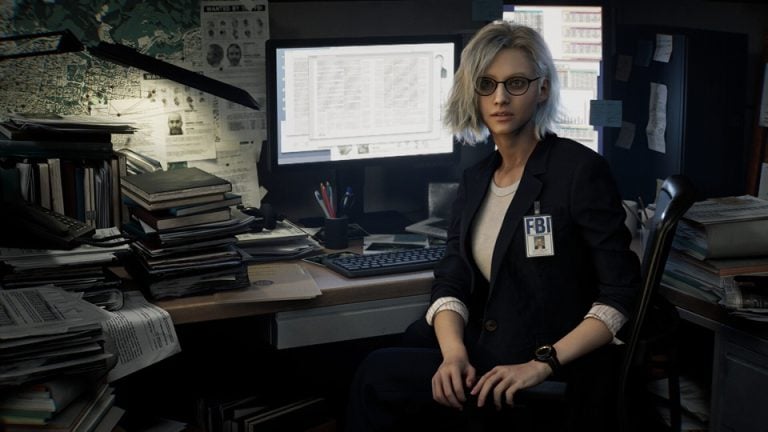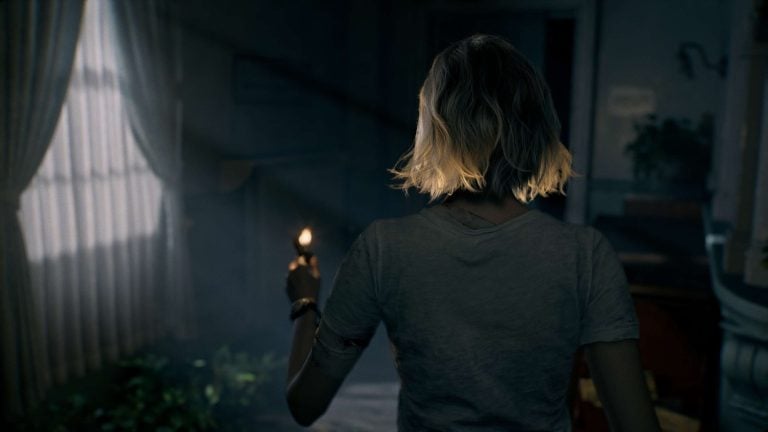About Jini Talks Games:
“Jini Talks Games: Perspectives from Japan” is a project that aims to deliver English translations of opinion pieces by Japanese writer Jini.
About Jini:
Jini is a writer and editor who is working to expand the realm of video game criticism in Japan. His work can cover everything from political to societal issues as they relate to games and can be found across numerous forms of media including blogs, radio, books, and magazines.
*The following article is an English translation of Jini’s original post on note and made with Jini’s consent.
Among IP developed by Nintendo, I’d dare to say that Splatoon now sits alongside the likes of Mario, Zelda, and Animal Crossing. Splatoon 3, the latest title in the series, even surpassed 3.45 million in sales in Japan alone just three days after it released. As a Nintendo game and as a shooting game, it’s a series that’s on everybody’s radar.
For as popular as it is, it’s rare to see a critical look at just why it feels so fun to play. Of course, when the first game launched, the fact that Nintendo was taking on the shooting genre became a hot topic in Japan, and talk around the similarities and differences it had with other FPS and TPS games of the time has been much discussed in the country throughout the years.
But these points tend to be unbalanced. One point of praise that’s often brought up is how you can contribute to the team just by inking the map, leading to it becoming popular in Japan where players are inexperienced with shooters. But just inking the map doesn’t really cut it for high-level play, and shooters like the Battlefield series and Overwatch that have different classes also have ways for players to contribute without shooting other players.

Another point is how Splatoon uses ink so it’s safe for children to play. However, a splatted Inkling doesn’t exactly look like it made it out of the encounter unscathed. If simply changing visual effects led to more sales, everyone would be doing it. In China, PUBG Mobile is called Game for Peace and when a player dies, they wave and disappear into thin air. It’s hard to say that makes it a good game, though.
While the game is strongly cognizant of and imitates the popular FPS and TPS games from outside of Japan, former Nintendo president Satoru Iwata previously said, “This isn’t something like, ‘This is what XX looks like when Nintendo makes it,’ this is something completely new.” So what’s the appeal of Splatoon? What does Splatoon borrow from other FPS and TPS games and where does it evolve the formula? As a Nintendo fan and writer who has played many shooters, I want to try explaining this more objectively and fundamentally.
Does Splatoon rip off other shooters?
First, there’s the question of whether it’s okay to call Splatoon a shooter in the first place.
In Japan, Nintendo doesn’t actually appear to refer to the game as a third-person shooter, and opts for the description of “action-shooting.” Even in an Iwata Asks interview, it’s explained that development was started from scratch with pieces of tofu shooting ink.

So Splatoon was made without referencing other works and made to be completely original? The notably young Splatoon development team at Nintendo clearly divided things into points that focus on originality and points that were snatched from other games.
I personally don’t see imitation as a bad thing, and taken to the extreme, don’t think any art exists that’s completely free of imitation. Let’s take a look at what Splatoon copies from other FPS and TPS games.
- A variety of modes for different play styles
Splatoon is split across the single player Hero Mode, a cooperative online PvE mode called Salmon Run, and PvP battles. Having a mode for each player’s preference has already existed in the likes of Gears of War with its Campaign, Horde, and Multiplayer modes and Call of Duty with its Campaign, Zombies, and Multiplayer modes which have a similar setup.
- Rule sets for competitive matches
PvP multiplayer in Splatoon is divided between casual matches (Turf War) and more competitive ranked matches. The former is a Splatoon original, but the ranked modes are basically taken from already existing FPS games. More specifically, Rainmaker is Capture the Flag, Tower Control is Payload, Splat Zones is King of the Hill, and Clam Blitz is extremely similar to Uplink.
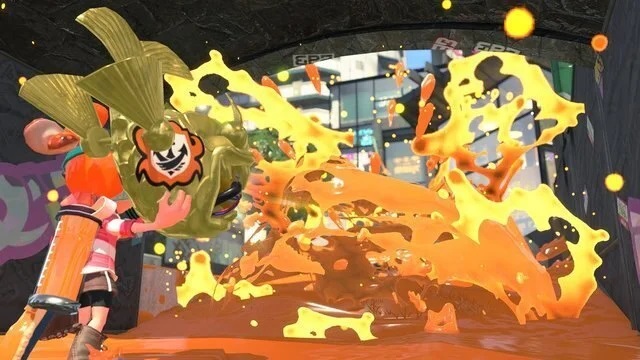
- Unlocks and customization
Splatoon allows players to customize their appearance and abilities. Specifically, they can change their gear to improve their abilities while also enjoying changing their style. An abundance of weapons are at your disposal as well, but they aren’t all made available from the start. Players have to put their weapons and gear through their paces to get unlocks. This is along the same trend we’ve seen in FPS games like Call of Duty, especially since Call of Duty 4: Modern Warfare. Even still, it’s a system I’m critical of as it can make matches unfair based on luck and how much time someone has played.
In this way, Splatoon has taken a lot from popular FPS and TPS games. Not its core characteristics like shooting ink or turning into a squid, but the broader concept of how competitive multiplayer games are constructed.
But it’s actually because it’s a competitive multiplayer game that it doesn’t play to Nintendo’s strengths. Iwata had previously stated, “To me, online gaming had always been a place for the strong. One person would be living it up while hundreds or thousands of people were unhappy.” If something is a competitive game, those who aren’t strong can’t enjoy it which goes against Nintendo’s philosophy of making games for the masses, leading Nintendo to not try making genuinely competitive games.
This is where they directly referenced games from outside Japan. With customization elements, even if you weren’t a strong player, you could accumulate experience points and coins or in-game currency to progress. Now those would-be unhappy players have something to enjoy. Strong players also have a ranked mode with game types lifted from FPS games to keep them satisfied while the masses have the totally separate and original Turf War game type to play. There’s also the single player mode and a PvE mode that provide non-competitive ways to play.
Moreso than shooters, Nintendo didn’t have much knowhow in making competitive games. While they had a strong concern about these games being for the strong, they lifted ideas from popular FPS and TPS games like Call of Duty and Gears of War, which were continuing to grapple with the same concerns, and made a game the masses could enjoy.
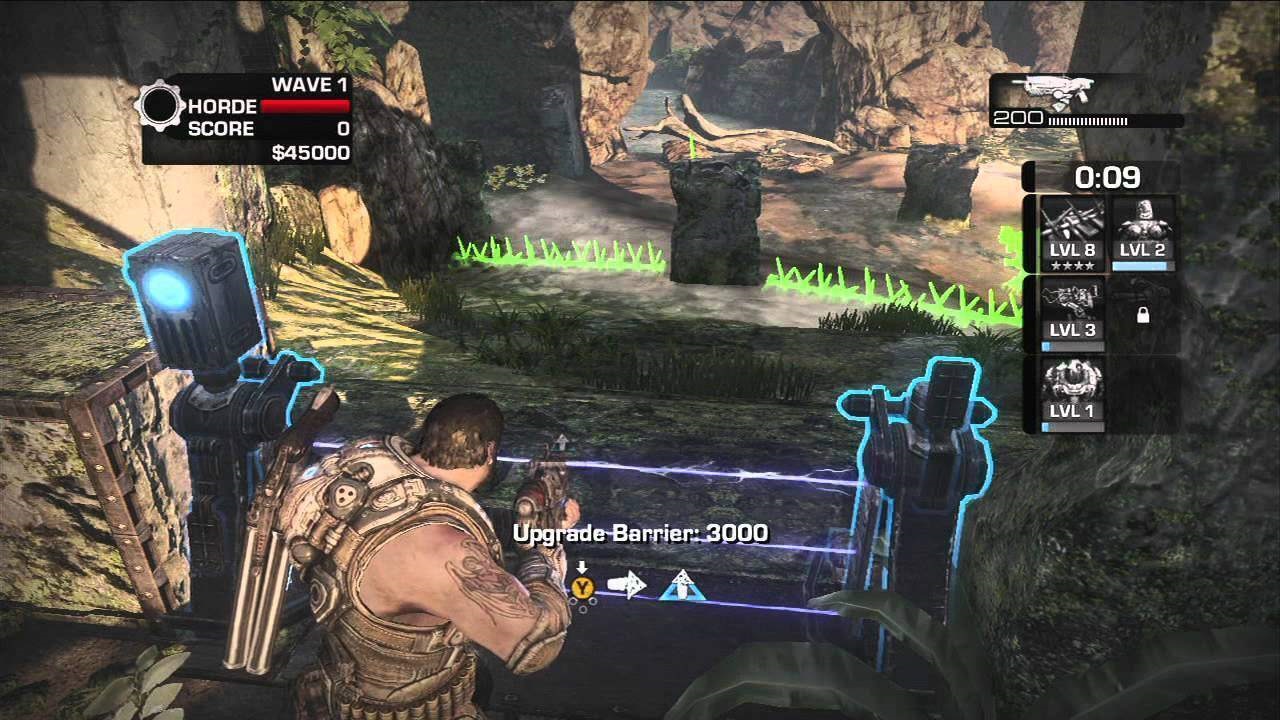
Splatoon thoroughly digs into what’s interesting about the act of shooting
It goes without saying, but what makes Splatoon a masterpiece is its original elements.
Shooting in Splatoon is truly unique. Firstly, you’re not a human but a squid in the form of a human. These squids shoot ink out of weapons that move in a parabolic arc before sticking to the ground, walls, and ceiling. Players can also swim in the ink to move faster, hide, and charge up their ink. And after amassing enough ink, players have a sub weapon they can throw out.
The key point is ink. Like the developers said, the one consistent element since the game was a prototype featuring “tofu” blocks, it’s a game about shooting ink. But how is this ink different from bullets in typical FPS games?

It may seem obvious, but in a typical FPS, you only shoot when an enemy is in your sight, especially if you want to avoid needlessly revealing your position. But ink in Splatoon sticks to the ground and walls and provides numerous benefits for continued shooting. There isn’t any downtime. Even if there’s no enemy around, you’re always thinking about where to shoot and continuing to pull the trigger.
You shoot a path of ink to dive into when you want to get somewhere, you shoot ink to make a space to hide, and you shoot behind you when you need to make an escape route. Of course, you also shoot when there’s an enemy around. Every action is connected to shooting.
At the beginning I alluded to how Splatoon is talked about for the aspect that beginners can participate by just shooting ink and how games like Battlefield also have ways to contribute outside of firefights. However, these contributions generally revolve around healing, repairing, providing supplies, and aspects far removed from the shooting elements in a game about shooting. With ink in Splatoon, there’s always a reason to shoot not only enemies, but floors and walls with at least some sort of accuracy. And better yet, as your understanding of the game increases, the fun you gain from this core aspect of the game also increases.
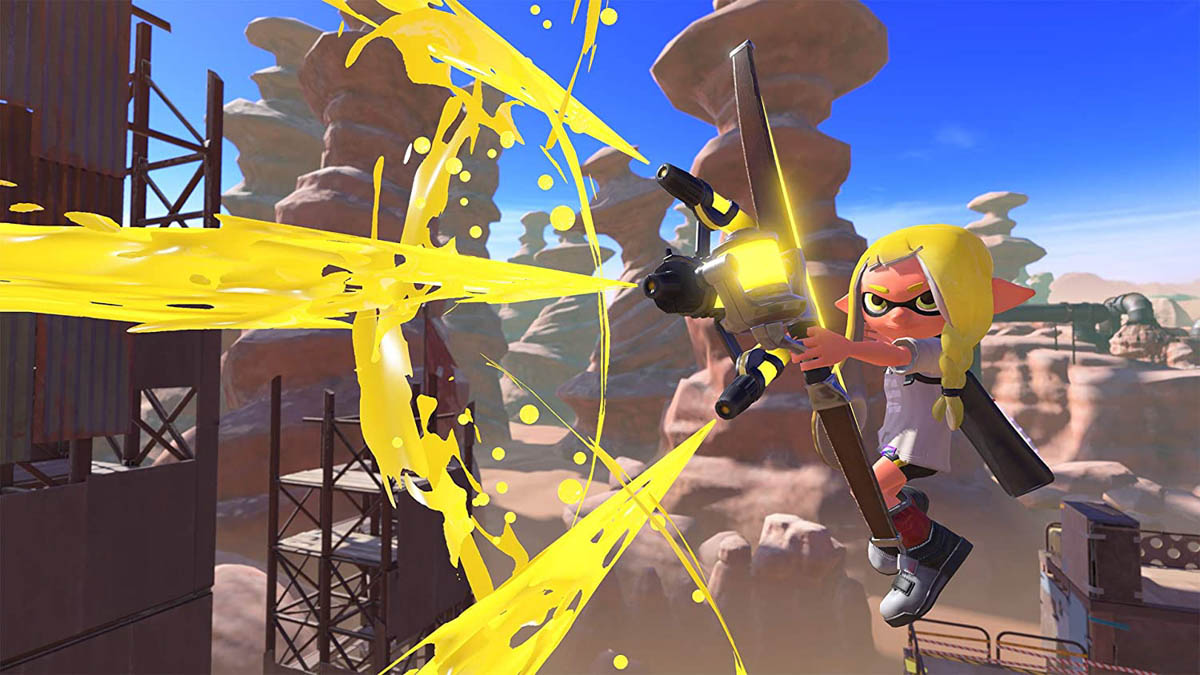
From the perspective of a Splatoon player this may all sound normal, but it’s worth mentioning this difference in strategy ink brings to the table when compared to conventional FPS games.
The FPS genre really started to gain recognition with the release of DOOM in 1993. Gamers were absorbed in the simple but satisfying “run and gun” action of zipping across the map blowing up aliens with a shotgun while avoiding their attacks. However, the FPS genre has evolved and become more complicated, spoiling the act of shooting.
To be more specific, as shooters started to have more realistic settings, guns were replaced by weapons that actually exists like M4s and AK-47s. As far as games go, there aren’t many significant differences between them, and switching between weapons based on their intended purpose doesn’t add that much fun to the gameplay. The maps also started to resemble actual battlefields like complicated urban areas and wide fields, making movement a chore and waiting around to ambush someone a stronger tactic.
In short, games like Call of Duty, especially in the 2010s, placed less emphasis on FPS game mechanics and more on copying actual war. There was a revival of more traditional FPS games with Doom Eternal and Quake Champions, but many of these required specialized techniques outside of shooting such as bunny hopping.
The battle royale games that are popular today encourage not shooting in order to not reveal your position. While interesting in their own right, games that let players feel the fun of shooting have been on the decline.
There are interesting modern FPS games like those with bomb defusal modes (think Valorant or Rainbow Six Siege) and those with class-based team fights (think Overwatch or Team Fortress 2), but even these games push the genre forward in ways outside of shooting.
On the contrary, Splatoon is all about shooting ink in every situation. Every action and decision starts with shooting, and there aren’t really elements that don’t somehow relate to shooting. You spend more time holding down the trigger than any FPS. As modern FPS games lose their shooting elements, it’s ironic that Nintendo puts it front and center with Splatoon.
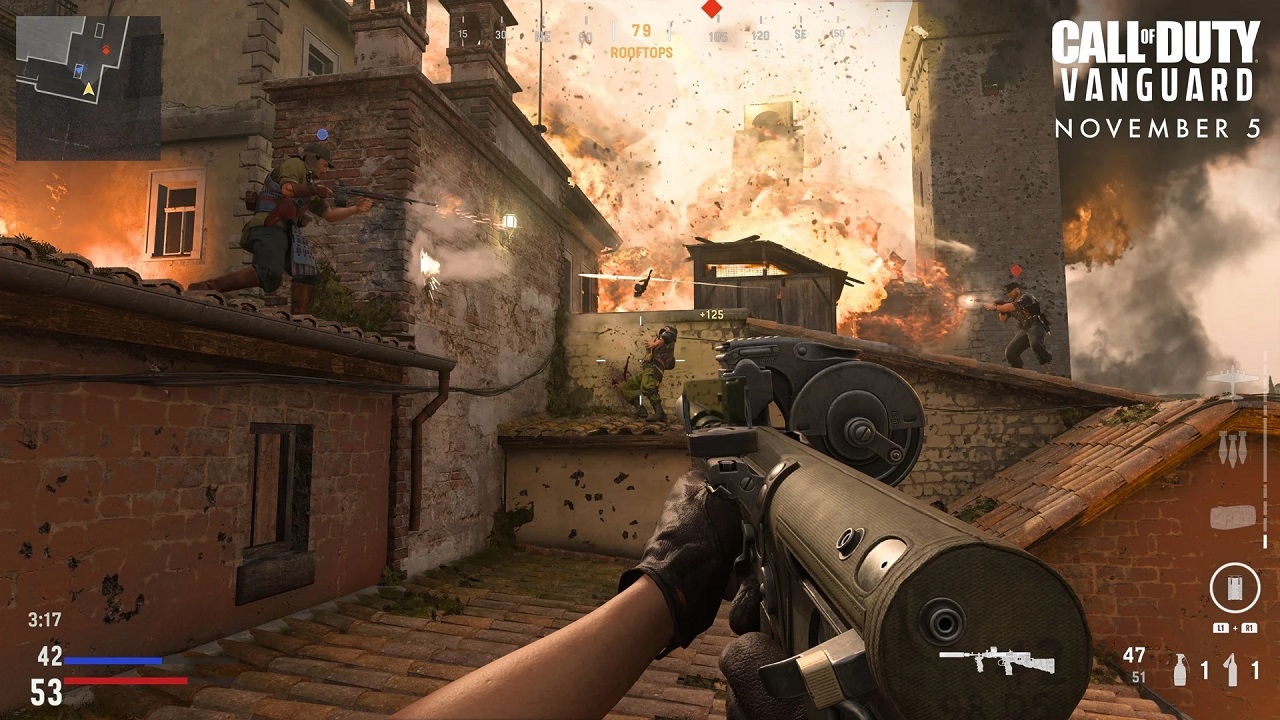
Matching ink with street culture
Something else that’s brilliant about Splatoon is how the setting of the game perfectly matches its core concept of shooting ink.
Before anything else, good video games are made from rules or mechanics first—not the story or the setting. They start with interesting rules and mechanics and use the story and setting to add a sense of immersion after. This is an ironclad principle that applies to nearly any genre, even RPGs and adventure* games. It’s a principle that game designers from Shigeru Miyamoto to Hidetaka Miyazaki insist on.
*It doesn’t need to be stated how good the game mechanics are in story-driven titles like Steins;Gate, Danganronpa, and Undertale.
Splatoon was a game where blocks of tofu shot ink during its prototype phase. After a long time brainstorming about what was most suitable to shoot ink, they came up with the Inklings. It added plausibility to the idea of shooting ink and a sense of immersion when transforming to swim through the ink. They’re also small and cute which makes it fun to customize them with the wide array of weapons and gear.
It’s also interesting how well the setting intertwines with street culture. Street culture comes with this idea of tagging and using graffiti to put up messages and mark turf. Shooting ink on the ground walls to control an area in Splatoon is just like tagging. The core mechanics of using shooting to mark territory and not just defeat enemies is supplemented perfectly by the street culture setting.

But as mentioned earlier, many FPS and TPS games place an emphasis on copying war, so instead of a setting to match the mechanics, they tend to have mechanics that match the setting. The Call of Duty series, which Nintendo likely referenced in a number of ways, is clearly based on modern warfare (a roughly 100-year period between 1945 and 2045), but it doesn’t amount to anything interesting beyond playing soldier. Call of Duty: Vanguard is set in 1945 and Call of Duty: Black Ops 4 is set in the 2040s, but what you do in these games is basically the same.
This problem of being conscious of reality while making a fictional game is easy to connect to the fatigue the Call of Duty series faces. In other words, even if they tried to change the mechanics to be more interesting, it would be called out for not being realistic or not matching the setting. The idea of swapping out bullets for ink wouldn’t even come up in the first place. Even if they forcibly changed the mechanics, it would lose its sense of immersion going forward. For that reason, the same gameplay continues.
That isn’t to say all games based in reality are bad. Escape from Tarkov, where guns are based on or highly similar to real models and split up into multiple parts like real guns, places significance on gathering and scrambling to get resources from opponents through its gameplay.
Squad features numerous real-world weapons and places an extreme importance on coordination between teammates and their loadouts. There are of course great FPS games like Valorant and Overwatch which likely started by solidifying their game mechanics. Even Call of Duty was fun enough until around 2010.
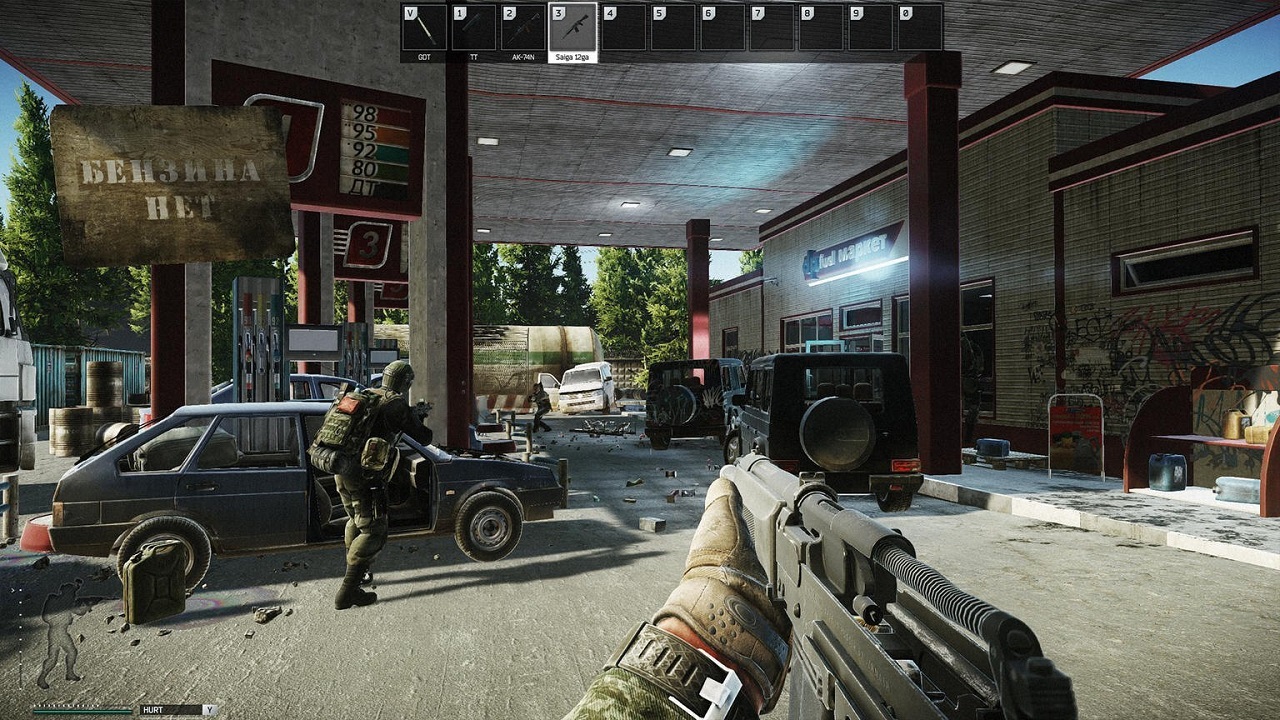
To summarize, the competitive multiplayer aspect of Splatoon borrows heavily from overseas FPS and TPS games and draws closer to a place where not only the strong, but the masses can have fun. However, by thoroughly tying together all the core game mechanics with ink and shooting, it digs deeper into the “run and gun” style of old, while creating a deeper sense of immersion with its setting and street-inspired tagging.
Splatoon’s appeal isn’t that it’s balanced for beginners or that it’s suitable for children. All of that trial and error was already done by studios outside of Japan. The questions of why make a shooter now and what makes an interesting shooter were researched and implemented, and the result was a shooter with more emphasis on the act of shooting than any other contemporary FPS or TPS.
Translated by. Nick Mosier based on Jini’s original Japanese article



